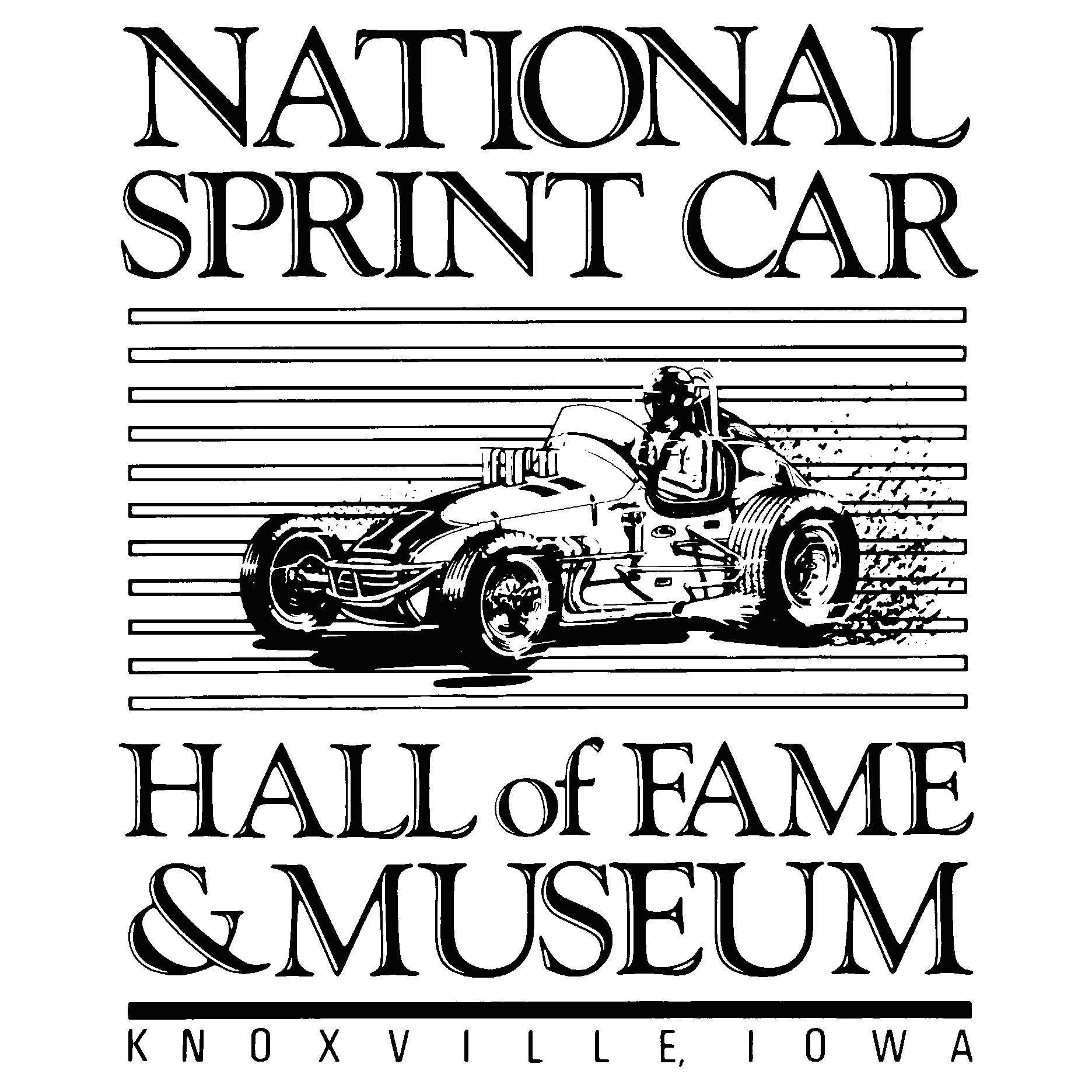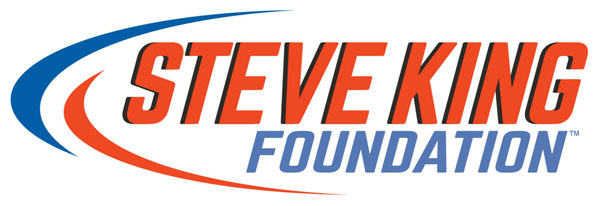NASCAR's dirt debut at Bristol lives up to expectations
Photo by Jared C. Tilton/Getty Images
The Food City Dirt Race was well worth the wait.
Yes, Mother Nature delayed the Cup and Camping World Truck races by one and two days, respectively. In motorsports, rain has ruined many of the best-laid plans.
But through the Herculean efforts of NASCAR, Bristol Motor Speedway and Speedway Motorsports Vice President of Operations and Development Steve Swift’s crew to repair the surface after Sunday’s torrential rains flooded track, the show went on as scheduled—and what a show it was.
“Certainly a wild few days here at Bristol,” said NASCAR executive vice president NASCAR and chief racing development officer Steve O'Donnell. “I think the industry had everything thrown at it. When you think of the challenge of coming into this weekend just to race on dirt, how much went into that. But then you add on the fact that we experienced flooding, hail, a day race with unbelievable sunshine, more laps with a truck and a Cup race than you'd ever put on a racetrack normally if you were conducting a dirt event.
“All in all really proud of the industry for setting this up, getting the racing in for the race fans, knowing it was a challenge for our fans to stick around on Monday. An incredible crowd turned out here today. We're really proud of that.”
For years, fans begged the sanctioning body to shake up the schedule. And NASCAR responded with a variety of new venues and configurations for the 2021 schedule. But the anticipation of a dirt race added to the Cup Series for the first time in a half-century, exceeded that for any other date on the calendar. Stock car racing was returning to its roots—an overwhelming request from NASCAR’s aging fan base.
And when NASCAR first announced it was adding a dirt race to the schedule, drivers without dirt on their resumes sought to acquire a skill set for the Bristol race. The People’s Champ—Chase Elliott—embarked on a whole new path with midgets. Then he jumped into the deep end by competing in the Chili Bowl Nationals and the USAC season opener at Bubba Raceway.
Joey Logano tackled Volusia Speedway in a modified. Last weekend, he joined Elliott, Kyle Busch, Kyle Larson and Austin Dillon at the Bristol Dirt Nationals. For Logano, the experience paid off on Monday with his first win of 2021. In just his fourth race on dirt, he became the first driver to win on the surface since Richard Petty won at the North Carolina State Fairgrounds in Raleigh on Sept. 30, 1970.
“To be the first team to be able to win on dirt in the Cup Series, in 50 years or so, that's something that I'm very proud of,” Logano said. “Very proud of this team. Coming into the week, you just don't know, right? I said that's the phrase of the week: I don't know.
“You didn't know what you had to work on in your car. You didn't know how the race was going to play out, you don't know how the track is going to change. It's just watching and studying, getting in a dirt car for a few races in Volusia, running a heat race here a week ago. All that kind of helped out and played out for us.”
While a modified is dramatically different from a stock car, the Volusia surface was dry and slick, similar to Monday’s track at Bristol. What Logano gleaned more from the experience was picking up on techniques and tendencies to adapt to the ever-changing conditions during the Food City Dirt Race.
“The dirt racing probably helped me more on trying to understand how to run the top lane, with trying to keep pitching the car,” Logano said. “Those things like that maybe gave me, I don't want to say gave me an advantage, but maybe helped me catch up to everybody else that runs dirt regularly.
“I feel like there was some advantages the dirt guys have, for sure, out there. But it's such a different car than a late model or a modified or a sprint car, whatever you may talk about. It's very different. I feel like the Cup guys that typically drive these cars as well kind of had kind of a way of mixing those two to be able to be successful.”
Certainly, the fact that NASCAR doesn’t have designated dirt cars proved to be a challenge for the teams. Particularly, when the dirt turned to mud on Saturday. Several organizations enlisted the services of dirt aficionados throughout the construction of the cars. Others were fortunate to have personnel from dirt disciplines already under their roofs.
Throughout the course of both races, spotters and crew chiefs observed the drivers without dirt experience were driving their cars as if they were racing on asphalt. Neither Denny Hamlin nor truck winner Martin Truex Jr., bothered with gaining seat time on dirt. With both drivers' immense talent—and top-notch equipment—it didn’t hinder either.
Still, Logano appeared to have an edge as he held off his competition over the final 61 laps of the race.
“I think more than anything, today really shows the talent in this Cup level, right? Race car drivers are race car drivers, they're going to figure it out,” Logano said. “You give them time, a few laps, they're going to figure out how to make a race car go fast.
“The amount of good racing we saw today throughout the field in very challenging conditions, a very slick track and very dusty, you can't even see where you're going, you saw guys that never even raced on dirt be pretty good. It goes to show that the talent in this NASCAR Cup level is something else.”
Considering the entertainment value of the races, it’s not surprising that a half-hour before Logano took the checkered flag that Bristol Motor Speedway announced that dirt will return in 2022.
“There has been so much buzz and excitement around the inaugural Food City Dirt Race weekend that with NASCAR’s blessing, we are thrilled to announce that we will be bringing back dirt in 2022 as part of the NASCAR Cup Series spring schedule,” said Jerry Caldwell, executive vice president and general manager of Bristol Motor Speedway.
“The dirt experience is unlike any other for NASCAR fans and could become a must-see event every season.”
Certainly, the dirt experience on a non-traditional dirt track is a work in progress for NASCAR. As the Last Great Coliseum evolved into a blinding dust bowl over the course of the race, the sanctioning body quickly adapted the rules to single-file restarts by Lap 170 for the remainder of the race.
There were plenty of lessons learned and tweaks that will be applied before stock cars return to dirt next year. Perhaps the race should run later in the season. A night race would also allow for more moisture to build up in the track.
“All in all I'd give it a thumbs up with some things to learn,” O’Donnell added. “The fans had asked us for years to look at innovation around the schedule. In fact, we've been taken to task for not making some moves. We were bold and aggressive this year. I'm proud of the team for doing that, proud of the industry for taking a chance here. Marcus Smith, his team. What Steve Swift did for putting this track together was incredible, the amount of hours he put together. Really happy for the work he did as well.
“Our hope was this would be a success, something we could repeat, become really a staple of the schedule going forward.”
NASCAR won’t stop until the formula is right.

.png)





